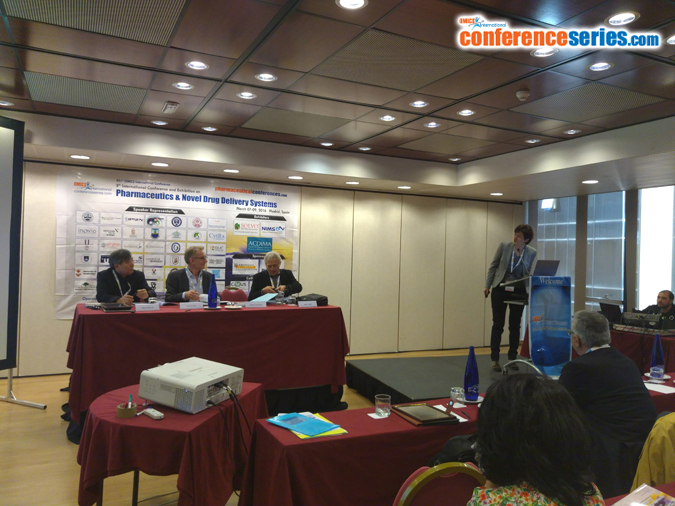
Gabriele Sadowski
TU Dortmund, Germany
Title: Predicting the solubility advantage of amorphous pharmaceuticals
Biography
Biography: Gabriele Sadowski
Abstract
Due to their possible advantages in bioavailability, solubility and dissolution rate, amorphous pharmaceuticals gained great attention in drug development. However, so far there exists no reliable model to quantitatively describe and predict the solubility advantage of amorphous versus crystalline pharmaceuticals. In most cases, the calculated solubility advantages are orders of magnitudes higher than the measured ones. The objective of this work was to predict the solubility of amorphous pharmaceuticals using a thermodynamic approach. The Perturbed-Chain Statistical-Associating Fluid Theory (PC-SAFT) was used to calculate the solubility of amorphous and crystalline, poorly-soluble pharmaceuticals. In contrast to common approaches and in agreement with the real thermodynamic phase behavior, the amorphous pharmaceutical was not treated as a pure component being in equilibrium with the solvent. Instead, the proposed approach accounts for the fact the amorphous pharmaceutical –in contrast to the crystalline one- absorbs a certain amount of solvents which influences the chemical potential and therewith the solubility of the amorphous pharmaceutical. Moreover, the activity coefficients which account for the influence of the solvent on the solubility of both, the crystalline and the amorphous pharmaceutical, are accounted for and also calculated from PC-SAFT. The therewith calculated solubility advantage is therefore obtained not only as function of the pharmaceutical, but also of the solvent. Solubility advantages predicted using the proposed approach for a whole series of pharmaceuticals qualitatively agree with experimental data and are in all considered cases superior to results obtained from existing models.


